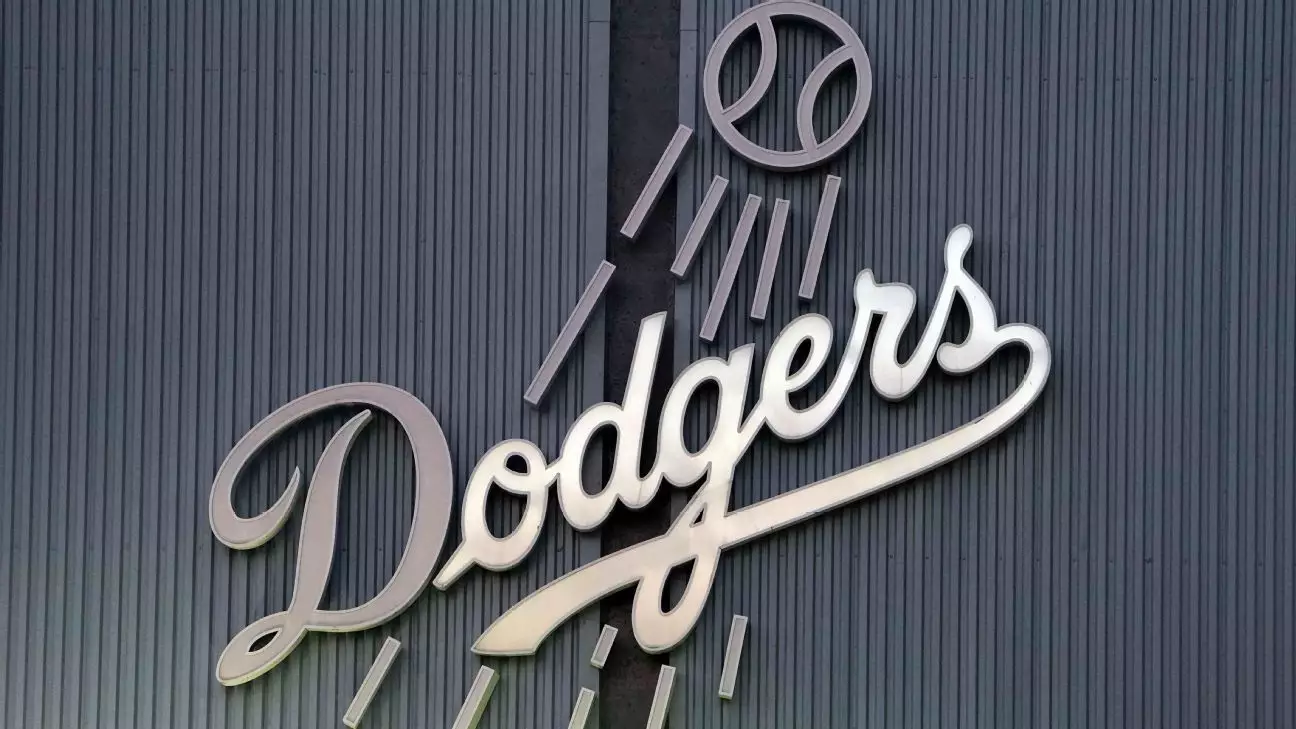Deferred payments in Major League Baseball (MLB) offer a glimpse into the financial maneuverings that teams employ to manage their rosters while balancing their budgets. The Los Angeles Dodgers are currently at the forefront of this conversation due to a staggering $1.051 billion in deferred compensations owed to eight players, stretching from 2028 to 2046. With massive contracts inked recently—including Tanner Scott’s four-year contract worth $72 million and Teoscar Hernandez’s three-year deal for $66 million—questions arise about the implications of such financial strategies.
The Concept of Deferred Payments
Deferred payments allow teams to spread out the financial burden of player salaries over several years. This practice can provide immediate cash relief while allowing teams to remain competitive in the short term. The Dodgers, having accrued significant deferred obligations, illustrate both the advantages and pitfalls of this strategy. The cumulative debts owed make it crystal clear: while the Dodgers are active in the free-agent market, their present investments may lead to future financial constraints.
A prime example seen in the Dodgers’ structure is the deferred payments owed to Hernandez, which total $32 million. His deal features nearly $23.5 million in deferred pay, receiving segments of this in annual installments starting in 2030 and stretching through 2039. Such arrangements are crafted not only to keep a talented roster intact but also to ensure financial flexibility annually.
MLB Commissioner Rob Manfred weighed in on the Dodgers’ ability to spend aggressively while noting the disparity this creates among teams with fewer financial resources. In the competitive landscape of baseball, the financial clout of teams like the Dodgers attracts criticism from market teams concerned about their competitiveness. Los Angeles leverages its market advantages, which can lead to a lack of parity in the league—a subject of ongoing contention among owners, players, and fans alike.
Despite the concerns, Manfred acknowledged the Dodgers’ right to compete. He emphasized that the guidelines governing such financial practices are well within the rules of baseball. The players’ association’s refusal to eliminate such practices during collective bargaining reflects a complex relationship between financial strategies and the realities of competition—one in which high-budget teams seek to bolster their rosters, while low-budget teams struggle to keep pace.
A Breakdown of Future Obligations
The Dodgers’ deferred financial commitments commence with $4 million due in 2028 and 2029, scaling up to mega-payments of $100.95 million in back-to-back seasons in 2038 and 2039. Each contract’s structure is meticulously planned, designed to mitigate the impact on the current season’s budget but ultimately demanding attention in future financial planning.
Notably, Shohei Ohtani’s projected $680 million from 2034 to 2043 is a possible game changer in both the player’s future earnings and the team’s payroll situation. There’s also a significant amount scheduled for Mookie Betts, valued at $115 million, and other notables including Blake Snell and Freddie Freeman, creating a potentially overwhelming financial drawing board for the franchise as far ahead as 2046.
Dodgers President of Baseball Operations Andrew Friedman downplayed concerns surrounding deferred payments, suggesting that effective planning can mitigate surprises in future fiscal years. This sentiment encapsulates a vital part of the financial strategy—teams need to adopt a long-term perspective while acknowledging the complexities surrounding player salaries.
The deferred compensation strategy, while beneficial in the present, emphasizes the necessity for astute financial management. The Dodgers are tasked not only with utilizing their financial resources judiciously but also preparing for the eventual payouts that will surface from these agreements. As the league continues evolving, the scrutiny over such practices will likely intensify, perhaps resulting in new regulations aimed at curbing the extent of deferred pay within MLB.
Understanding the financial intricacies of MLB contracts sheds light on how teams like the Dodgers navigate their competitive aspirations amidst looming fiscal responsibilities. By striking a balance, they hope to sustain success both on the field and in the balance sheet while fostering competitive equity within a diverse league. The future, however, remains uncertain as industry discussions around financial management unfold.


Leave a Reply